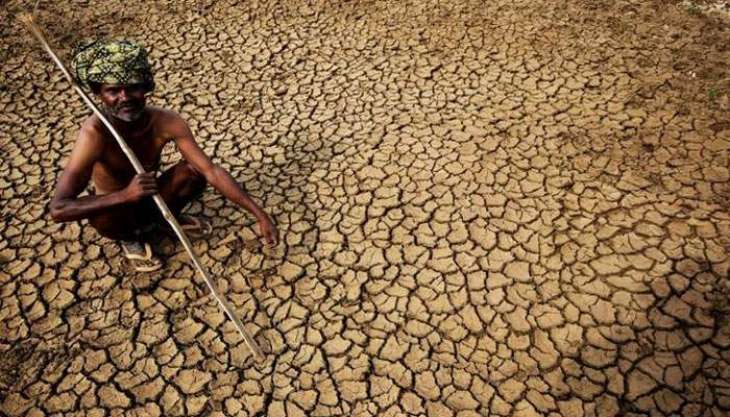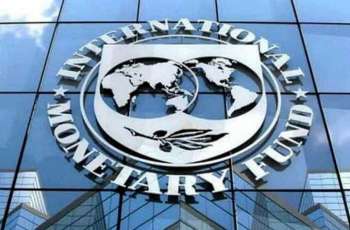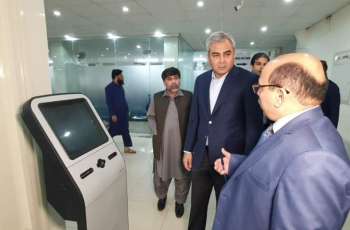"More than 800 million people - almost half of South Asia's population - currently live in areas that are projected to become moderate to severe hotspots by 2050"
Islamabad (Pakistan Point News / Online - 28th March, 2019) "More than 800 million people - almost half of South Asia's population - currently live in areas that are projected to become moderate to severe hotspots by 2050".This was said by the Dr. Muthukumara Mani, Lead Economist in the Office of the Chief Economist of the World Bank's South Asia Region while speaking to an event titled South Asia's Hotspots: The Impacts of Temperature and Precipitation Changes on Living Standards' organised jointly by LEAD Pakistan and World Bank as part of a talk series on Managing Shared Basins.
Dr. Mani presented the findings of a new World Bank report, South Asia's Hotspots which finds that average temperatures in the region have increased in the last sixty years and will continue rising."Eight hundred million South Asians are at risk to see their standards of living and incomes decline as rising temperatures and more erratic rainfalls will cut down crop yields, make water more scare, and push more people away from their homes to seek safer places", he added.
He told the gathering that Southwestern Pakistan has experienced the largest increase, with annual average temperatures rising by 1.0 C to 3.0 C from 1950 to 2010.He said that Hyderabad District in Sindh emerges as the top hotspot followed by the districts of Mirpur Khas and Sukkur. Densely populated cities in Punjab, including Lahore, Multan, and Faisalabad also emerge among the top 10 hotspot districts' he added.He said that the expected decline in living standards due to climate change and rising temperature provides an indication of how much it would be worth spending to mitigate the impacts.He emphasized that policies and actions must be tailored to address the specific impacts and needs based on local conditions since no single set of interventions will work in all hotspots.





